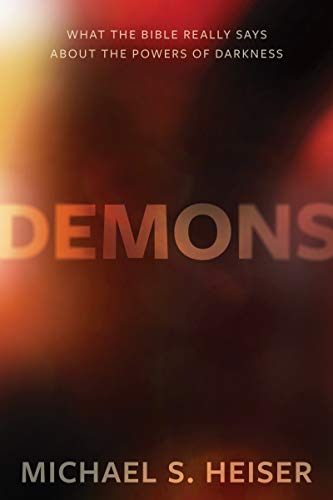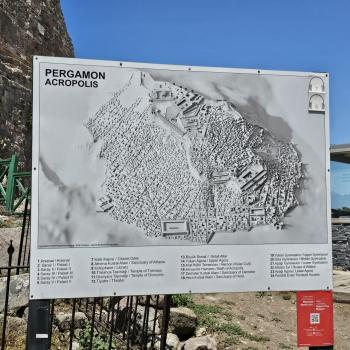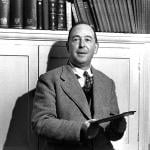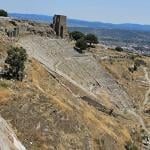BEN: As a matter of clarification, some of your readers may be confused when you so stress the ANE and Intertestamental context of the ideas in this book about the devil, demons etc. while at the same time denying Zoroastrian notions about cosmic dualism in regard to Satan and the cosmic struggle with God. Can you help them to better understand the differences between filling in the picture with help from the outside sources, and claiming that the outside source is the ultimate origin of the notion of Satan?
MICHAEL: As I say in the book, I don’t feel like I can say Zoroastrian dualism played no role in any Second Temple Jewish thinker’s mind. I don’t know of any basis for drawing such a drastic conclusion. But I can say that all the elements needed for the “Satanology” and demonology we see in the Second Temple period can be found in the Old Testament. Zoroastrianism isn’t a necessary source. It might have been a source for someone, but it’s not necessary. I think scholars too quickly default to Zoroastrian thought. Getting to where the Second Temple authors get with their theology of the powers of darkness really depends on (a) what questions they were asking, and (b) how they imagined the data points of the Old Testament might address those questions. For example the Fall of Eden and conclude that, since everything now dies (it’s a reversal of Eden), then that original rebel, long associated with death and the Underworld “owns” the whole world (everything and everyone dies), then it’s not hard to see how they could conceive of that rebel as (a) the god of this world, and (b) the chief / opposite rival to the God of the Bible, the One who created Eden. These are simple thought trajectories that arise from asking some pretty simple questions. You don’t need a foreign system of thought to plant those questions and thoughts into the Jewish skull. They were alert enough readers to think such thoughts without Zoroastrianism. Since succeeding divine rebellions contribute to the “death destination” through depravity and idolatry (one brings self-destruction, the other steers people away from the only cure for the death problem, the mercy of the true God), the other powers of darkness derivative from the other two rebellions can be construed as sharing the original rebel’s agenda, or being in cahoots. Again, this isn’t theological rocket science. It’s looking at the data and asking some obvious questions.













